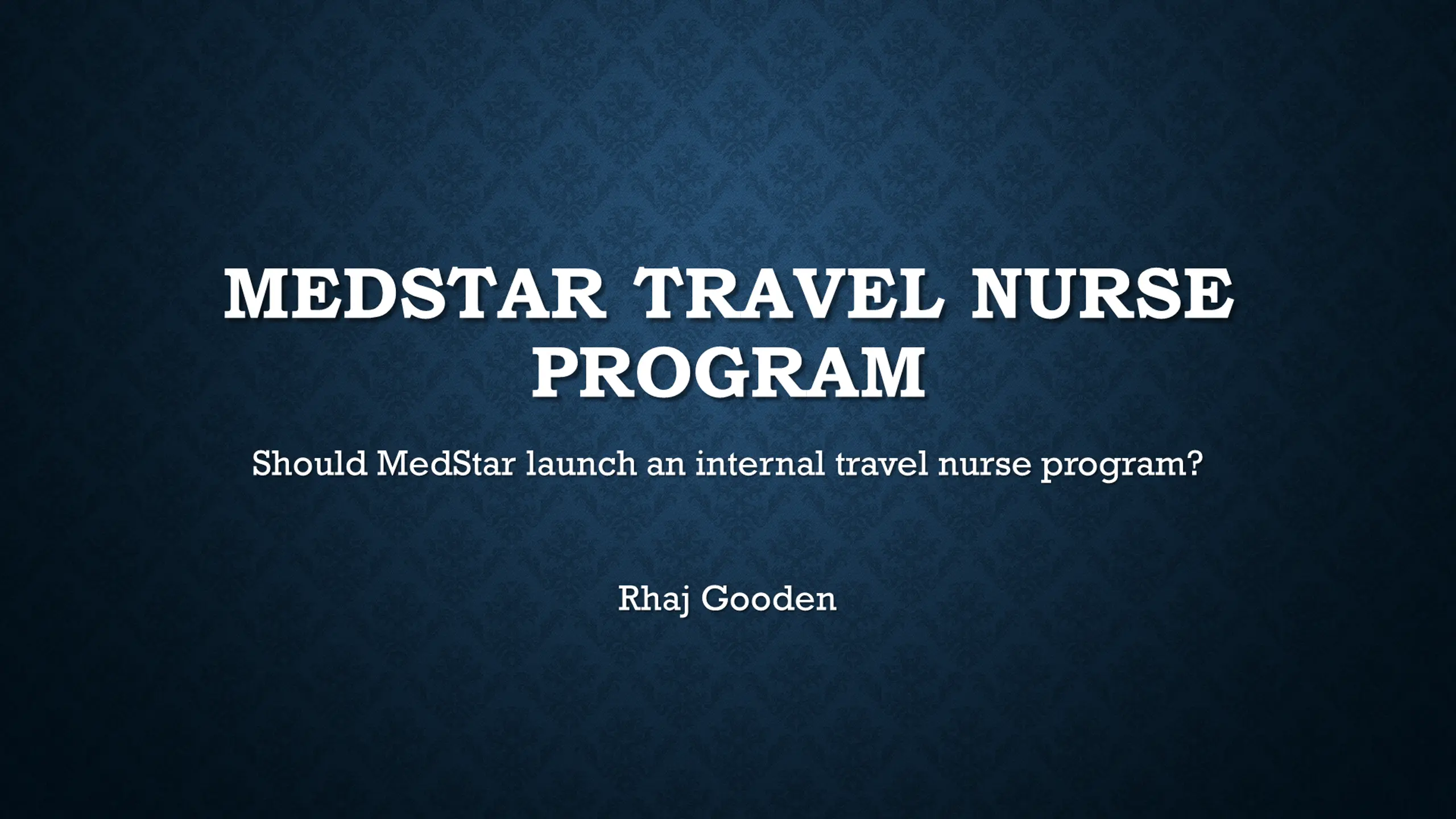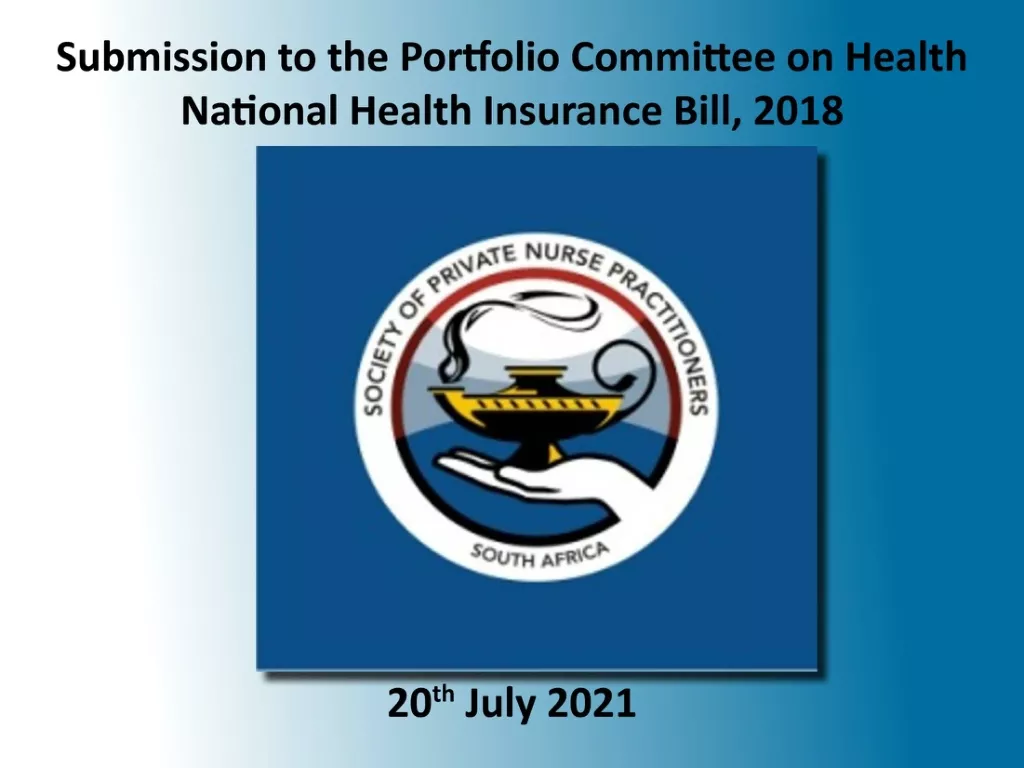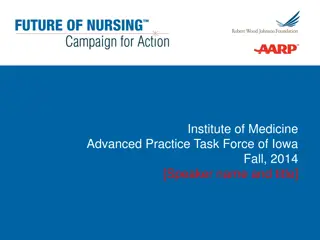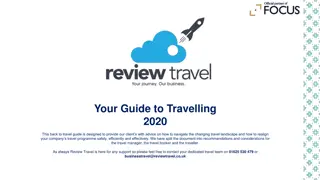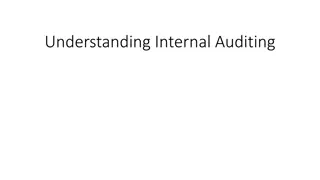Internal Travel Nurse Program
Should MedStar launch an internal travel nurse program? Explore the benefits, costs, opportunities, and risks of developing an innovative solution to address nurse dissatisfaction, staff shortages, and patient outcomes.
Download Presentation

Please find below an Image/Link to download the presentation.
The content on the website is provided AS IS for your information and personal use only. It may not be sold, licensed, or shared on other websites without obtaining consent from the author.If you encounter any issues during the download, it is possible that the publisher has removed the file from their server.
You are allowed to download the files provided on this website for personal or commercial use, subject to the condition that they are used lawfully. All files are the property of their respective owners.
The content on the website is provided AS IS for your information and personal use only. It may not be sold, licensed, or shared on other websites without obtaining consent from the author.
E N D
Presentation Transcript
MEDSTAR TRAVEL NURSE PROGRAM Should MedStar launch an internal travel nurse program? Rhaj Gooden
BACKGROUND MedStar is a relatively mid-sized community hospital system, primarily located in the Baltimore Washington region One of the largest and best paying employers in the region 10 hospitals and 120 entities Located in a very aggressive and competitive healthcare market
THE UNREALIZED VALUE OF NURSES Average staff nurse salary: $52k to $82k per year Average travel nurse salary: $2,086 per week ($108,480 per year) Almost 90% of Nurses report feeling dissatisfied or burnt-out in 2018, specifically in the hospital setting The odds of patient mortality increase by about 7% for every additional patient in the average nurse's workload. ... The difference from 4 to 6 and from 4 to 8 patients per nurse is accompanied by 14% and 31% increases in mortality, respectively.
GOAL Should MedStar consider building their own Internal Travel Nurse Program? Reasons to Consider the Question. Record low nurse satisfaction rates Nurses leaving the hospital environment or becoming travel nurses Current travel nurse costs unsustainable The public loves nurses Unionization threats Age balance disrupted Nurse shortage to continue for at least another 7 years 1. 2. 3. 4. 5. 6. 7.
PERSPECTIVES TO CONSIDER Decision Maker: CEO of the System CFO COO CNO Dept of Finance Dept. of Operations Dept. of Nursing
PERSPECTIVES TO CONSIDER COO CFO Dept of Operations Dept of Finance Scheduling Coordination between physicians, clinical staff and nonclinical staff Manges auxiliary services, access and patient experience (How do we get patients in the door happy and out the door happier?) Safety Public Relations General Administration Manage relationships with suppliers and insurers Billing and Revenue Cycle Management Manage costs, revenue, and all financial concerns System perspective, very little human perspective Financial modeling and predicting CNO Dept of Nursing Manage nursing schedules Develop paths for upward mobility Develop talent pipelines with schools and internship programs Risk management and care oversight Direct care of the patient Liaison between the doctor/hospital and the patient Face of the hospital
MODEL Internal Travel Nurse Program Invest in Other Means to Attract & Retain Nurses Alternatives Remain as is Strategic Criteria Staffing Consistency Public Perception Patient Outcomes Cost Control Innovation Control Criteria CFO CNO COO
SUMMARY & CONCLUSION Developing an internal travel program was found to be the overall best method to address the nursing shortage. Benefits: New Incentives Costs: As is Opportunities: Internal travel program A variety of factors influenced this: Risks: Internal travel program Public perception of nurses Morale/Reputation Whole Model: Internal Travel Program Industry disruption Emergency preparedness Staff & patient experience
